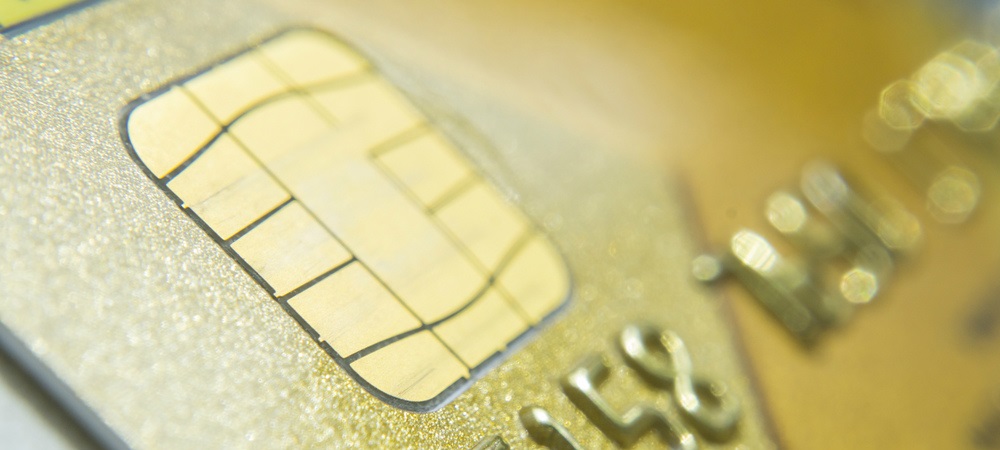
Due to the potential disruption to the GDP, the payment cards industry should be a top chip supply priority. Issuers may need to look to at prioritization strategies, focusing on the replacement of expired cards first, or adopting a strategy whereby they prioritize one payment card form factor over another, such as credit over debit.
Driven by significant chip shortages, up to 1 billion payment cards are at risk of not being issued over an 18-month timeframe, with 347 million at risk in 2021 and up to 740 million in 2022, according to ABI Research, a global tech market advisory firm.
It has been well documented that the entire semiconductor industry is currently going through a high level of uncertainty as demand for chips continues to far exceed all expectations across all industry segments. Supply cannot currently keep up with increasing demand and the payment cards industry is by no means immune from this situation.
“Although not necessarily getting the attention or the support from governments they deserve, payment cards are a critical enabler for global economies, both from a consumer and enterprise perspective. Access to payment cards is a fundamental requirement to digitally transact and buy in both the physical and digital domains on a day-to-day basis. Most concerning is the potential disruption to GDP. A lack of payment cards will directly translate into less purchases, which will ultimately have a detrimental impact on GDP. The payment cards industry should be considered one of top chip supply priorities,” says Phil Sealy, Digital Security Research Director at ABI Research.
The way in which payment card ecosystem players react will ultimately be defined by the level of impact sustained, making transparency, clear communication, education, and close collaborative work crucial requirements to enable the entire ecosystem to best navigate during this turbulent time.
“So far, communication from industry groups, forums, and associations has been holistic and top-level in nature. More specific and detailed information related to price increases and expected supply lead times is required and needs sharing with the wider industry to help build supply confidence and to avoid panic buying/mass stocking scenarios,” Sealy explains.
Although the chip shortage impact has remained largely invisible through the first half of 2021, with the impact counterbalanced somewhat by existing stock levels, it is beginning to become very visible in the second half of 2021. As the lead times from chip order to delivery continue to lengthen, 2022 should be considered the critical chip shortage impact year.
“Payment card ecosystem players need to strategize now and look toward implementing processes to help minimize market disruption to maintain a “business as usual” approach as best as possible. Outside of increasing chip manufacturing capacities, there are several plans industry players should be putting in place,” Sealy recommends.
“Despite the long development lead time, additional cost, and effort required with implementation, strategies utilizing chip multi-sourcing for the high-volume products should now be in full swing. Issuing banks should use the chipset shortage to audit themselves and streamline processes related to inventory management and card re-issuance. Payment networks should be working on a short-term simplified certification process to help speed up capacity increases, with certification labs considered one of the market’s great bottlenecks,” Sealy concludes.
These findings are from ABI Research’s The Impacts of Chip-Set Shortage on the Payment Cards Market application analysis report.
Banking 4.0 – „how was the experience for you”
„So many people are coming here to Bucharest, people that I see and interact on linkedin and now I get the change to meet them in person. It was like being to the Football World Cup but this was the World Cup on linkedin in payments and open banking.”
Many more interesting quotes in the video below: